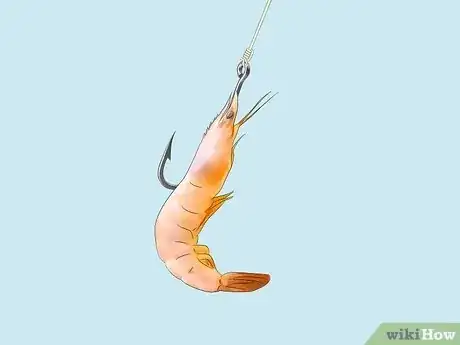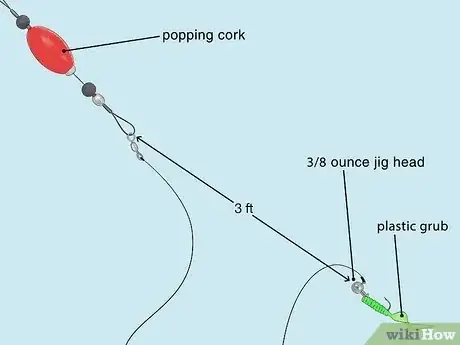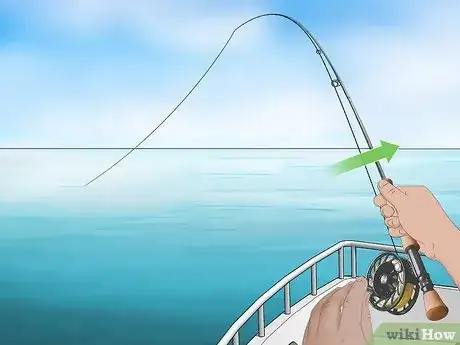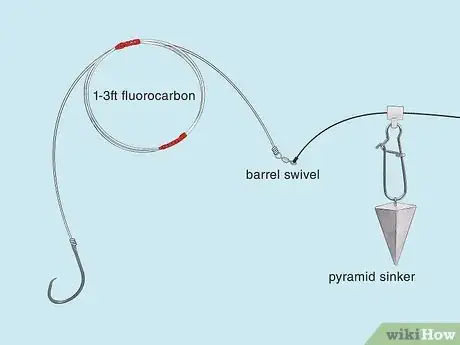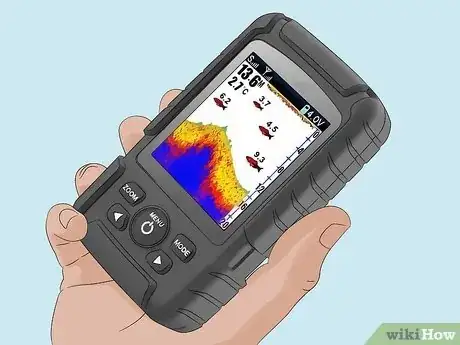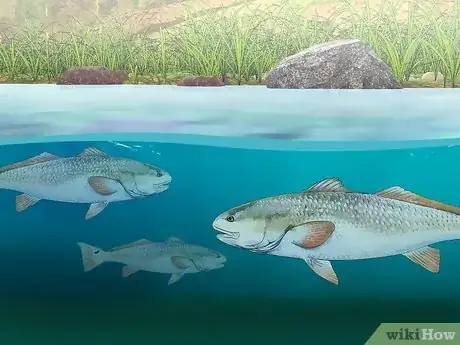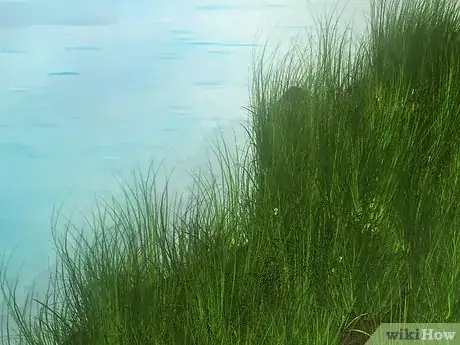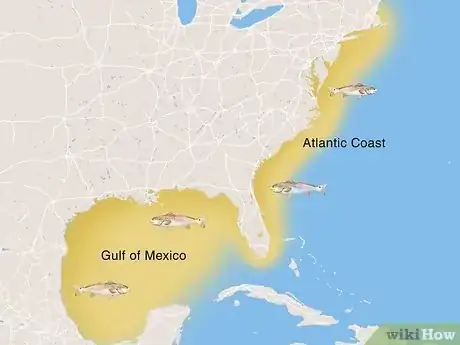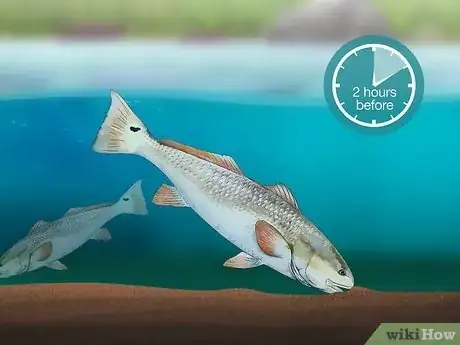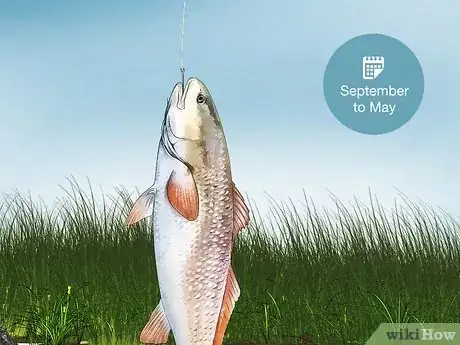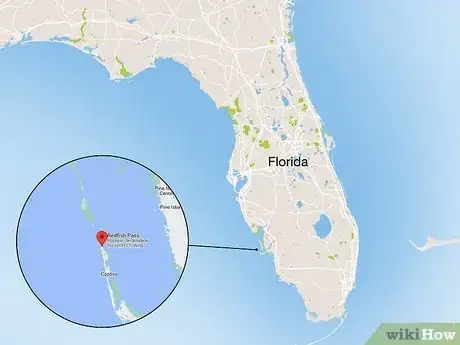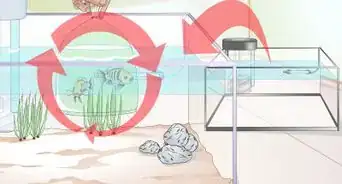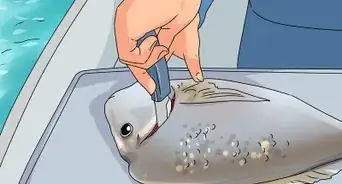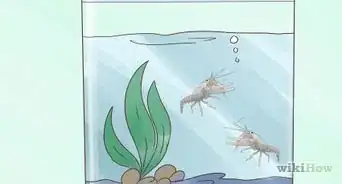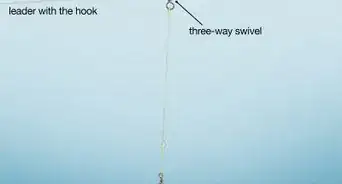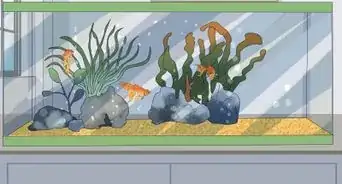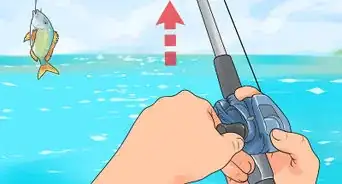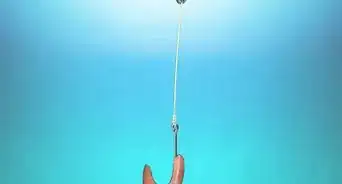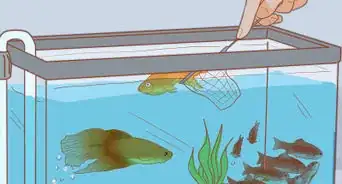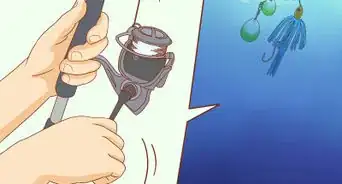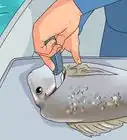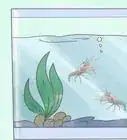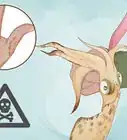This article was co-authored by Michael Reynolds and by wikiHow staff writer, Madeleine Flamiano. Michael Reynolds is a Professional Fishing Instructor and the Owner of Long Beach, California Fishing Lessons by Michael Reynolds. In his over 40 years of fishing experience, Michael has become very knowledgeable about the variety of fishing methods and techniques. He is passionate about sharing his knowledge with beginners to experienced anglers. Michael has been guiding and teaching fishing for over five years and is licensed and bonded with the Department of Fish and Wildlife (DFW).
There are 13 references cited in this article, which can be found at the bottom of the page.
Ready to catch all the redfish you can? Redfish, also known as “red rum” or “reds” can be found from Texas to Florida. Plus, they move inshore and offshore, so you have lots of options for fishing spots throughout the year. Here, we’ll tell you where to look for redfish, how to lure them, and ways to reel them in. Read on for a promising catch of redfish!
Things You Should Know
- Stock up on live bait since redfish are attracted to grub that moves around.
- Use heavy tackles and modified gear to reel in large "bull" redfish.
- Sight fish for redfish in shallow waters or use sonar tech in deep waters.
- Go to the Atlantic coast or the Gulf of Mexico to find redfish in their natural habitats.
Steps
Expert Q&A
-
QuestionWhat is the best way to put a shrimp on a hook?
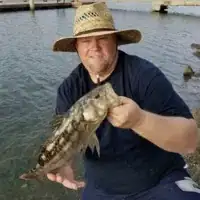 Michael ReynoldsMichael Reynolds is a Professional Fishing Instructor and the Owner of Long Beach, California Fishing Lessons by Michael Reynolds. In his over 40 years of fishing experience, Michael has become very knowledgeable about the variety of fishing methods and techniques. He is passionate about sharing his knowledge with beginners to experienced anglers. Michael has been guiding and teaching fishing for over five years and is licensed and bonded with the Department of Fish and Wildlife (DFW).
Michael ReynoldsMichael Reynolds is a Professional Fishing Instructor and the Owner of Long Beach, California Fishing Lessons by Michael Reynolds. In his over 40 years of fishing experience, Michael has become very knowledgeable about the variety of fishing methods and techniques. He is passionate about sharing his knowledge with beginners to experienced anglers. Michael has been guiding and teaching fishing for over five years and is licensed and bonded with the Department of Fish and Wildlife (DFW).
Professional Fishing Instructor Hold the shrimp upside-down and insert the hook into the anus. Then, slide the shrimp and work the hook through the tail section until reaching the carapace. Finally, bring the tip of the hook out through the body and past the barb.
Hold the shrimp upside-down and insert the hook into the anus. Then, slide the shrimp and work the hook through the tail section until reaching the carapace. Finally, bring the tip of the hook out through the body and past the barb.
References
- ↑ https://tpwd.texas.gov/huntwild/wild/species/reddrum/
- ↑ https://www.saltwatersportsman.com/better-popping-cork-styles-and-tactics/
- ↑ https://www.jacksonville.com/story/sports/outdoors/2011/10/23/redfish-riot-first-coast/15886206007/
- ↑ https://anglerwithin.com/best-rigs-for-bull-reds/
- ↑ https://youtu.be/rLWHSt7x6Fc?t=355
- ↑ https://www.dropbox.com/s/ntllqim87xzk4zh/Sonar%20Seminar%20PDF.pdf?dl=0
- ↑ https://www.takemefishing.org/saltwater-fishing/saltwater-fishing-species/brackish-water-fish/
- ↑ https://legendsofthelowermarsh.com/marsh-fishing-for-redfish/
- ↑ https://tpwd.texas.gov/huntwild/wild/species/reddrum/
- ↑ https://flylifemagazine.com/destinations-red-drum-hot-spots-from-texas-to-virginia/
- ↑ https://www.ginkandgasoline.com/fly-fishing-tips-technique/flood-tide-redfish-2/
- ↑ https://www.sportfishingmag.com/fishing-for-bull-redfish/
- ↑ https://www.sportfishingmag.com/top-5-strategies-for-catching-redfish/
- ↑ https://www.captivasanibel.com/2016/03/23/redfish-pass-poses-challenges-but-rewards-are-great/
